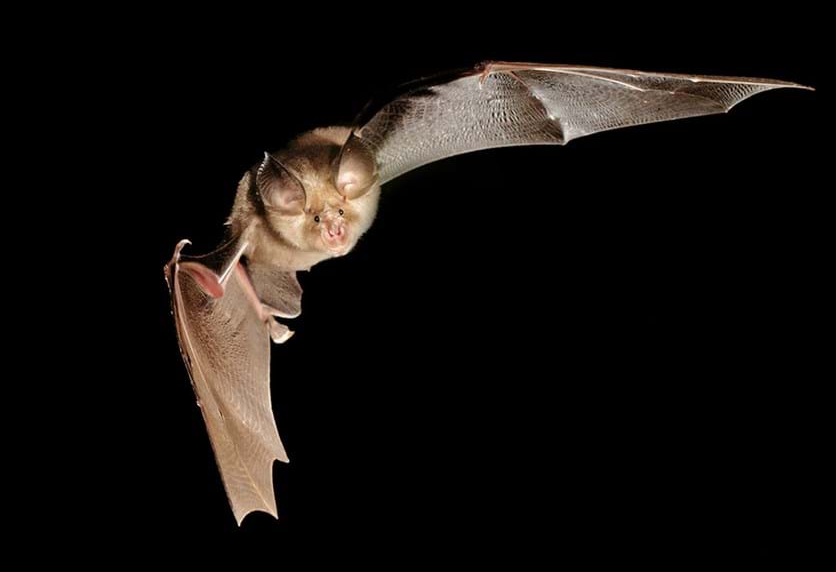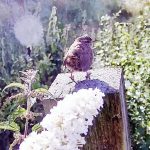The Tufa Field has been host to Bats since anyone can remember. The tree-lined lane and field boundaries provide summer roosting locations and the field pasture provides feeding grounds. Various Bat surveys over the years have identified, pipistrelle, lesser and greater horseshoe bats. These latter are highly protected, being a constantly dwindling number, so any disruptions to their habitat is a major concern.
Bats have maternal roosts, where young are born and raised, hibernation roosts and feeding roosts. Some of these coincide, but in Summer feeding roosts are typically in high trees, accessible roof spaces and of course bat boxes.
All UK bats are nocturnal, feeding on midges, moths and other flying insects that they find in the dark by using echolocation. In early summer, greater horseshoe bats will emerge at dusk and dawn, however, preferring to roost through the middle of the night. From May, females form maternity colonies to have their pups. Greater horseshoe bats hibernate over the winter in caves, disused mines, tunnels and cellars.
Locally, the Combe Down mines and old Odd Down quarry workings are vital breeding and hibernation hosts of Horseshoe bats. Bats come out at dusk to feed and can roam many kilometres from their roosts to find food, with open pasture and hedgerows being favoured locations. As the extensive local green spaces at Sulis Meadows and Sulis Down have been developed, feeding and roosting grounds are becoming rarer and the Tufa Field and surrounding area Including the Tumps have become essential to the Bat population.
Some bats specialise in catching large insects such as beetles or moths but others eat large numbers of very small insects, such as gnats, midges and mosquitoes. Bats gather to feed wherever there are lots of insects, so the best places for them include traditional pasture, woodland, hedgerows, marshes, ponds and slow moving rivers. The Tufa flows create large insect populations so are ideal.
(Ironically, when a small part of the field was given over to horse livery, the bat population was much higher, presumably due to the high levels of dung and subsequent dung beetle population. Dung beetles are a particular favourite of Greater Horseshoe Bats.)
An excellent primer on Greater Horseshoe Bats is available here.
Of course, pictures of Bats flying in the Tufa Field are rare, since they are nocturnal. But frequent Bat surveys and observations on warm summer nights will show plenty of flitting and weaving dark figures above your head.
This stock photo shows a Greater Horseshoe Bat in flight.

Credit: imageBROKER/Alamy Stock Photo
As well as their echolocation abilities in ultrasound, Bats also make communication calls, so you may also hear them.
We can’t hear their echolocation calls, but there are sound techniques that enable the ultrasound frequencies to be translated into an audible range.
Here the 110kHz echolocation of the Lesser Horseshoe Bat is translated to an audio signal.








 Total views : 89517
Total views : 89517

Leave a Reply